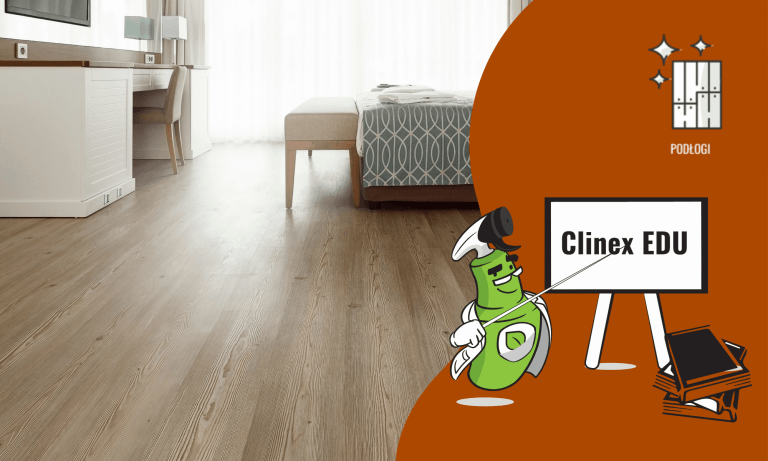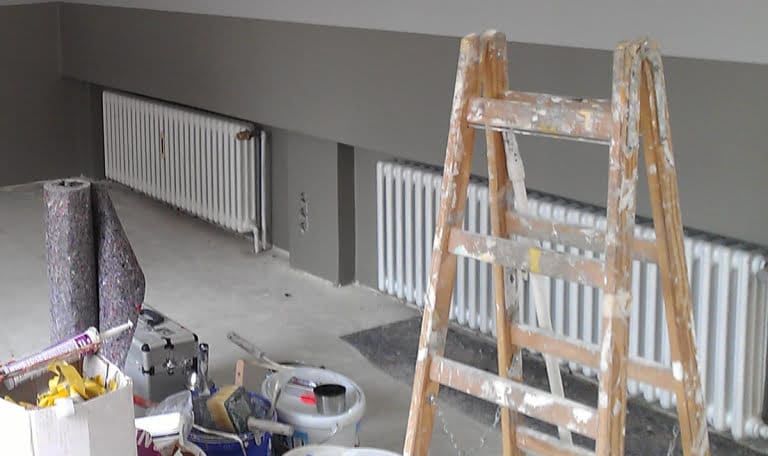Observing proper hygiene in gastronomy is one of the most important factors in maintaining the quality and safety of food products. In today's entry, we focus on an extremely important and difficult process - disinfection - how to do it and using what products?
Disinfection in gastronomy – from the article you will learn:
- What does the process of washing and disinfecting surfaces in gastronomy look like?
- What are the characteristics of a good disinfectant?
- Which disinfection products to choose
- How to conduct a cleanliness inspection in catering premises
Good Hygienic Practice (DHP, GHP) is an action that must be taken to control all stages of production or processing and ensure food safety in accordance with Art. 3 section 3 points 8 of the Food and Nutrition Safety Act. One of the requirements of this activity is the procedure for washing, disinfection and maintenance of machines and devices.
Occupational hygiene is necessary for the functioning of the HACCP (Hazard Analysis and Critical Control Points) system. This term defines a system of conduct in companies dealing with food to ensure its safety.
Washing process and disinfection in gastronomy
The cleaning and disinfection process is the basic point of DHP, which places great emphasis on ensuring that these processes are carried out correctly, including the planning of cleaning activities, cleaning, washing and disinfection methods, and appropriate equipment and devices that should be used to select the frequency of individual activities. Cleaning is a process in which we prepare the surface for cleaning. This process increases the effectiveness of subsequent washing. There are two cleaning processes: manual and mechanical. Washing is aimed at mechanical removal of sediments and some microorganisms. Washing can be: manual, mechanical, foam, pressure.
Disinfection involves eliminating undesirable microorganisms to a level that does not pose a threat to our health. Disinfection can be divided into chemical (spray or immersion) and physical (thermal or radiation).
Multi-stage cleaning and disinfection
Maintaining cleanliness in catering facilities requires regularity. It is a multi-stage process, carried out regularly. Due to the specificity of the rooms, their purpose and direct contact of surfaces with food, we clean and disinfect the facility every day after finishing work. We perform certain (periodic) activities at required and recommended intervals.
We start each cleaning and disinfection with preliminary cleaning to remove light contamination from the surface and prepare it for proper cleaning. The second stage involves the use of a special wet cleaning agent, e.g. a preparation intended for dilution with water. Then, we rinse the cleaned surface and disinfect it with an appropriate agent with bactericidal and fungicidal properties. The last stage is drying.
Hygiene plan in catering facilities – its importance and the need to have it
The basic tool for systematizing cleanliness in catering facilities is a hygiene plan. This plan covers all activities that need to be performed to maintain the product at the appropriate level of quality and safety. Thanks to this, we know what activities we need to perform, how often, what method, what concentrations should be used, and what precautions should be taken when performing this process. This is an essential tool that protects us from making mistakes.
Disinfection is one of the most difficult processes, requiring compliance with many rules, such as: concentrations, exposure time, and temperature. This process is supervised by daily visual inspection of rooms and machines as well as microbiological control, i.e. taking swabs from washed and disinfected surfaces.
Features of a good agent for cleaning and disinfecting surfaces
All cleaning products used in catering facilities must meet rigorous standards. Not all products available on the market will be suitable for use in this area. They must not contain substances that react with food ingredients. The safety of using the product is confirmed by the PZH certificate, i.e. the National Institute of Hygiene. An effective agent for cleaning and disinfecting surfaces in catering facilities should work effectively in all degrees of water hardness. It must have a concentrated formula due to the need to remove often difficult dirt and a large amount of harmful bacteria. The frequency of work and large areas mean that high-performance measures are recommended to reduce costs. They cannot be difficult to use. If it is a preparation intended for dilution, the manufacturer should clearly inform the user about the required proportions. When choosing hand washing products, choose those that are neutral to the skin.
Daily disinfection in catering facilities – which product to choose?
Disinfection can be divided into ad hoc, daily and periodic. Daily disinfection (e.g. tables, countertops, sinks, washbasins, floors) can be quick, i.e. we use ready-to-use preparations, a good choice here is ClinexNano Protect Silver Table . This product has a broad spectrum of action that destroys bacteria, fungi and spores. The product does not require rinsing surfaces that do not come into direct contact with food.
For daily disinfection, we also use cleaning and disinfecting products, whose task is to emulsify dirt and eliminate undesirable microorganisms. A product that is perfect for this application is Clinex Barren . It is great at removing dirt and has many other options when it comes to bacteria and fungi.
Periodic disinfection products
For periodic disinfection, we use concentrated cleaning and disinfecting products. Here we can also offer a product that meets such requirements. This is the Clinex Barren mentioned above. This product, thanks to its innovative recipe, perfectly copes with heavy dirt and ensures microbiological safety.
Control of disinfection effectiveness
Disinfecting and cleaning works should be subject to regular monitoring of the achieved effects. This will allow for possible improvements and changes to be made to improve them. You can visually inspect the cleanliness of devices and rooms in the facility every day. Periodically, it is recommended to perform swabs from surfaces that are cleaned and disinfected. This includes, among others: worktop and kitchen appliances. Chemical tests of the mentioned surfaces are also carried out to check the residues of disinfectants and cleaning preparations.
A negative result forces changes to the hygiene plan in the catering facility. Disinfection and cleaning processes need to be modified. It may be necessary to make changes to the cleaning instructions currently used. Often, the reason for poor inspection results is the use of an inappropriate agent. It is worth checking whether it meets all the requirements, can be used on surfaces in direct contact with food and has a sufficiently concentrated formula. If you use concentrates, try increasing their concentration as well.
Hygiene in a restaurant
Maintaining proper hygiene in a restaurant is one of the most important factors ensuring our safety and high quality of service. Following all the rules is aimed at destroying harmful microorganisms that can cause food poisoning and diseases. Therefore, it is worth cooperating with professional companies that have products for this purpose and the necessary documentation and permits, thanks to which we are sure that the product works. Only products registered with the Office for Registration of Medicinal Products, Medical Devices and Biocidal Products, which have a registration number, are products worth recommending, and this is guaranteed by tests proving their effectiveness.
Summary
- Cleaning is a process in which we prepare the surface for cleaning. Disinfection, in turn, involves activities that eliminate undesirable microorganisms to a level that does not pose a threat to our health
- The hygiene plan includes activities that must be performed to maintain the surface at an appropriate level of quality and safety
- A good disinfectant should be free of ingredients that react with food ingredients, have PZH approval, be effective in all degrees of water hardness and have a concentrated formula.
- The conditions for a good disinfectant are met by Clinex Nano Protect Silver Table and Clinex Barren
- Regular inspection helps eliminate factors that make disinfection and cleaning insufficiently effective.
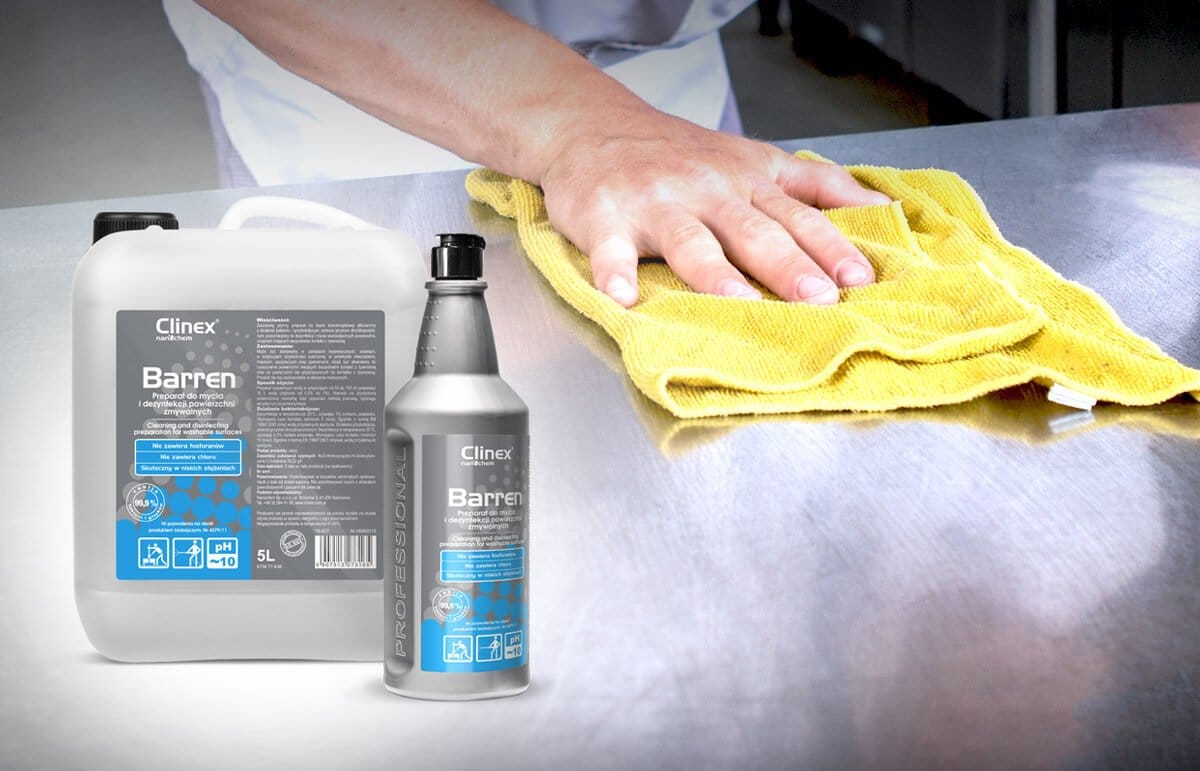
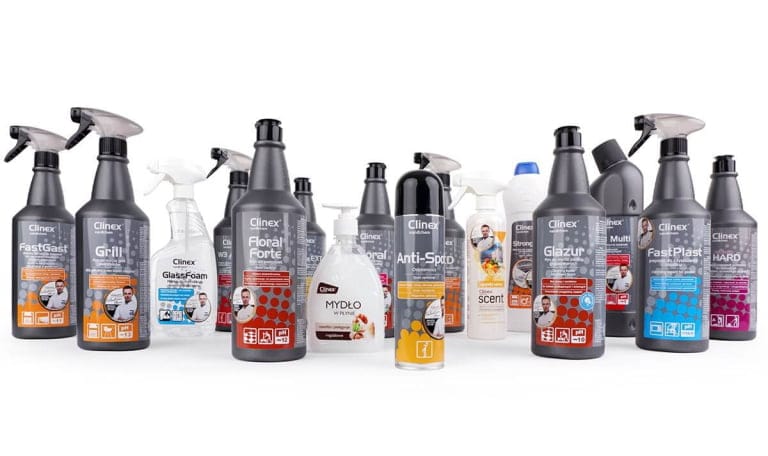
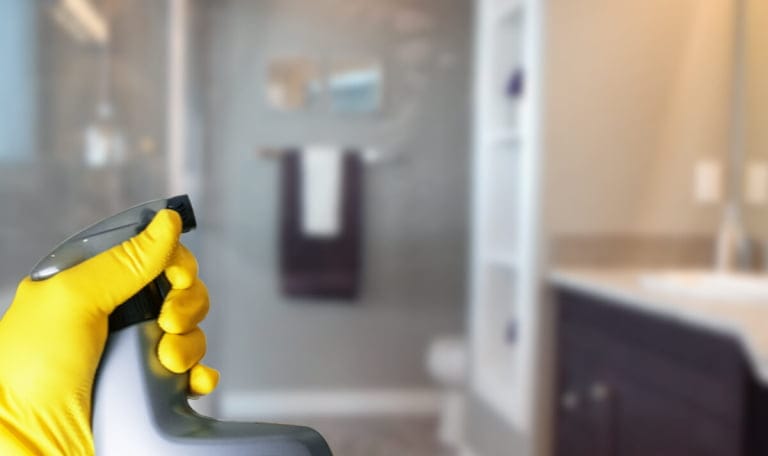

![Disinfection of surfaces in the gym and swimming pool [Poradnik]](https://www.clinex.com.pl/wp-content/uploads/dezynfekcja-urzadzen-768x435.jpg)
